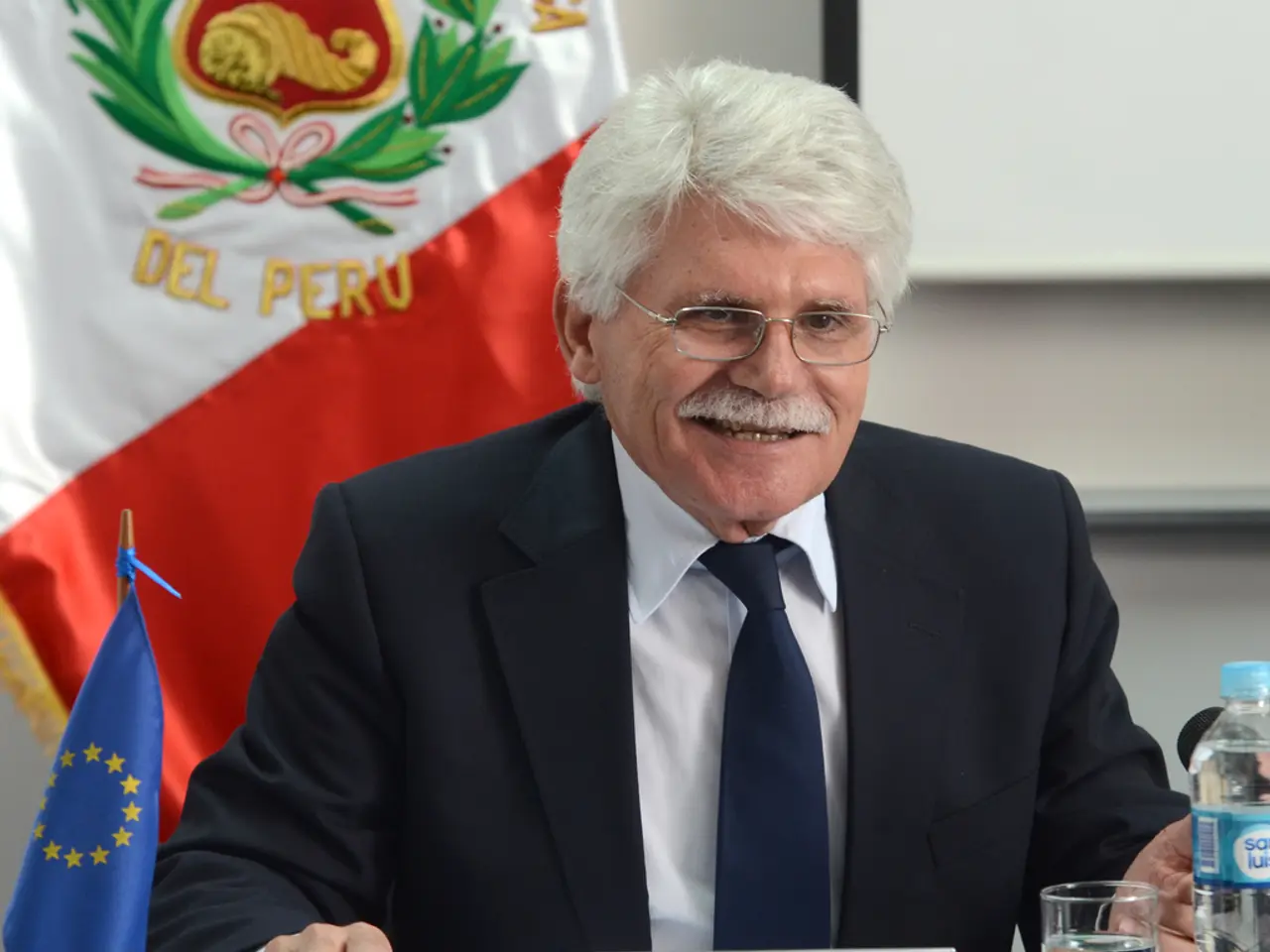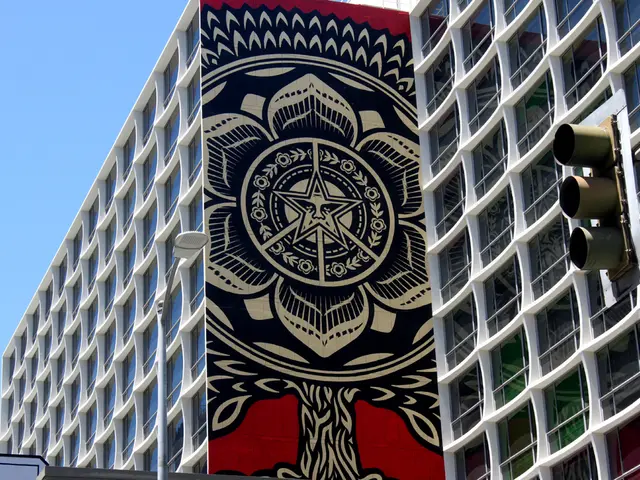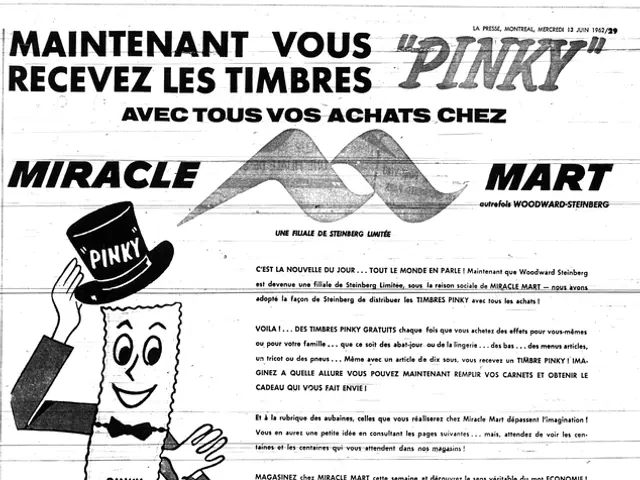Bolivia's upcoming election could mark the demise of its long-standing leftist regime. Here are key points to consider.
Bolivia is gearing up for a crucial presidential election on October 19, 2025, as the country grapples with its worst economic crisis in four decades. The runoff vote will pit a centrist reformist, Rodrigo Paz, against a right-wing former president, Jorge Quiroga.
Rodrigo Paz, a senator from the Christian Democrat party, has surprised many by leading the polls despite being a dark horse candidate. Paz has softened the opposition's push for tough austerity measures, emphasising a shift from two decades of socialist rule towards more centrist, market-friendly policies.
On the other hand, Jorge Quiroga, who served as president from 2001 to 2002, advocates a stronger right-leaning approach and is expected to continue pushing for economic reforms and restructuring state-run companies. Quiroga's stance signals a potential harder shift to the right compared to Paz, aiming to revive Bolivia's resource-driven economy amidst challenges in the natural gas and lithium sectors.
Other notable candidates include Samuel Doria Medina, a right-wing businessman, and the leftist factions of the ruling Movement to Socialism party. However, voter dissatisfaction with socialist governance has led to a significant drop in their support, receiving a combined 11.25%.
Evo Morales, a former union leader for coca farmers and founder of the Movement to Socialism party, is facing an arrest warrant and has been excluded from the presidential race. Morales, who served as Bolivia's president for three consecutive terms, is urging voters to register their rage by casting null-and-void ballots.
The main issues in this election are Bolivia's leftist economic model, democratic integrity, and the livelihoods of millions of people. Voter cynicism is widespread, with many Bolivians saying they have no faith in any of the candidates to improve their lives.
The economic crisis in Bolivia can be traced back to Morales' disputed 2019 reelection, which led to violent clashes between protesters and security forces that killed at least 37 people. Under MAS, Bolivia enjoyed years of a fixed exchange rate, low inflation, and subsidized energy. However, Morales' "economic miracle" has gone bust due to slumping commodity prices and plummeting gas production.
Doria Medina and Quiroga, the main opposition candidates, promise to slash fuel subsidies, dismantle inefficient state-owned companies, let foreign investors mine Bolivia's lithium reserves, and reorient foreign policy towards the United States. However, these proposals have raised concerns about the impact on the livelihoods of ordinary Bolivians, who are already facing difficulties with fuel lines, medicine shortages, and subsidized bread that has shrunk in size.
The election comes at a time when MAS has lost its majority in the legislature due to internal conflicts. President Luis Arce, Morales' protege-turned-rival, withdrew from the race due to his failure to halt an economic tailspin.
In conclusion, the runoff election in Bolivia promises to be a closely contested race between a centrist reformist and a right-wing former president. Both candidates will need to navigate Bolivia's economic crisis and strategic role in natural gas and critical minerals, while addressing the concerns of a cynical and disillusioned electorate.








